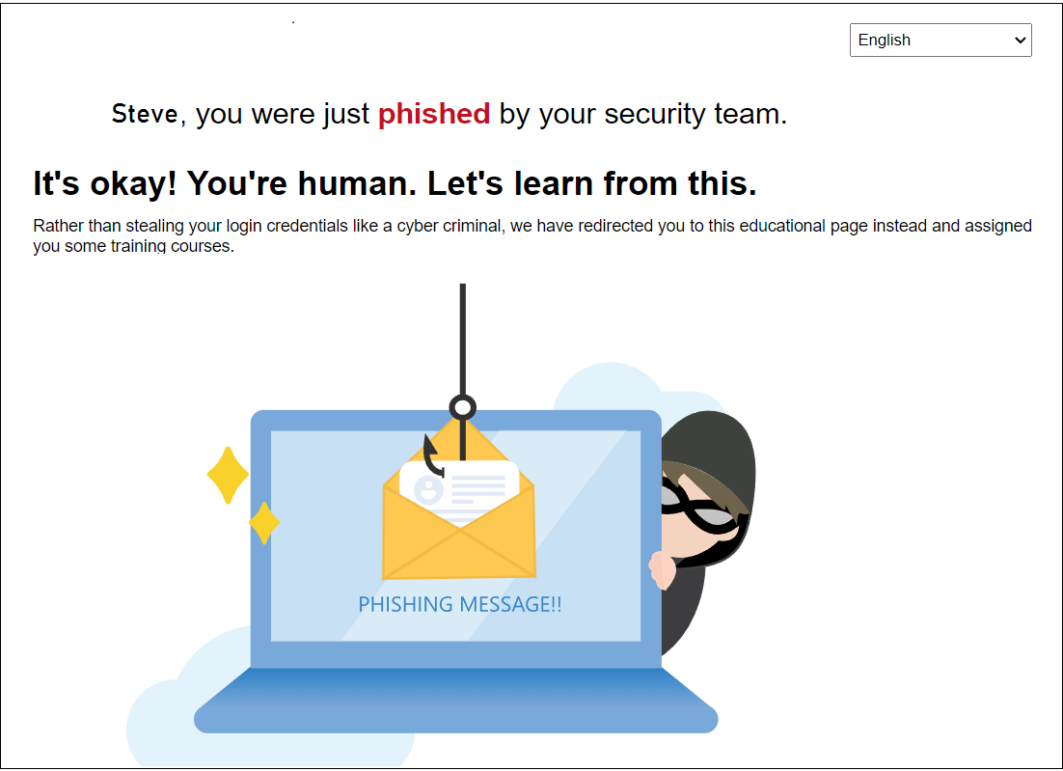Phishing Simulation Awareness Training Major Aspects
You don’t know how necessary is phishing simulation awareness training in today’s genre because of the abundance of cybercrimes. Your employees are your biggest vulnerability until they are trained well enough to manage recognize and report phishing attempts by themselves. Phishing is an attack related to social engineering and the most common attack nowadays is vector. Hundreds of unique phishing campaigns are launched monthly to protect against cyber attacks.
phishing testing for employees is the utmost part of protecting a tech firm because According to surveys, security professionals are most concerned about phishing and social engineering assaults, and they are perceived as a threat more often than any other.
The Working area in Phishing Simulation Awareness Training
In this area, phishing tests are an important part of spreading security awareness training conducted by IT departments or security teams in an organization with the help of phishing simulation tool, Five Steps Followed In This Process:-
Planning
First organizations assess their objectives, deciding which type of phishing emails to use and the frequency of simulations will occur. They also located the target audience, including segmenting specific groups or departments and, often, executives.
Drafting
Once the plan has been formed security creates a mock scenario that looks similar to real phishing email threats and often practices quick models on phishing templates and phishing kits available on the dark web. To create realistic phishing simulations, they pay great attention to features such as sender addresses, content, and subject lines. Additionally, they use social engineering techniques to boost the possibility that employees may click on the emails, such as “spoofing” or posing as an executive or other employee.
Sending
IT staff or outside suppliers send the phishing email simulations to the intended recipients securely and privately after they have finalized the content.
Monitoring
Once they send mock phishing emails, leaders firmly and closely track and record how employees interact with the simulated emails, monitoring plays a key role in finding if they click on links, download attachments, or provide sensitive information.
Analyzing
In this process of phishing test IT security representatives analyze the data from the simulation to find the most trending attacks to get high click rates and after that check the loopholes of the system Afterward, they follow up with employees who failed the simulation with immediate feedback, explaining how they could’ve properly identified the phishing attempt and how to avoid real attacks in the future.
After completion of these steps, many firms create a comprehensive report containing the outcomes of the phishing simulation tool to share with the prime stakeholders. You can also use insights to improve the results of security awareness training before implying processes repetitively enhance cybersecurity awareness and stay ahead of evolving cyber threats.
Apply Phishing Simulation Awareness Training
Keep practicing phishing training simulations to see the changes in your organization:-
Employee Training
Phishing testing always starts with educating your employees about phishing harmful results and empowering them to detect and report phishing attempts by themselves. This training solely Depends on your organization’s culture, you can start this initial training via a written document, an online video, company or department meetings, classroom training, or some combination of the above but importance is important to know about phishing.
Simulated Phishing Campaigns
These campaigns, which can include spear phishing, mass phishing, and whaling, among other tactics, support staff education, assist in identifying your own risk, and increase workforce resilience.
Reinforce the Phishing Awareness Training
Experience is the best teacher. It’s crucial to let staff members know—nicely, of course—that they may have put the company and themselves at risk when they click on a link or attachment in a spoof email. After that, you can present a “training page” to the staff that highlights the risks associated with phishing and instructs them on how to report questionable emails.
Monitor Results and Improve
Utilize the findings such as the most effective attack categories and the most susceptible teams to concentrate your security monitoring efforts, enhance your phishing awareness education, and install more protections against phishing attacks. The outcomes can also be used to document advancements and monitor how well your phishing awareness campaign is doing.
Conclusion
If you follow this article then it’s possible to prevent phishing attacks but first take phishing simulation training and don’t rely on technical teams entirely. Phishing testing trains employees to spot and make a crucial report on suspicious activities. If an organization except for their size gives phishing simulation training is an attempt to save the company from cybercriminals, hackers, and other bad actors who want to disrupt and steal from your organization.




